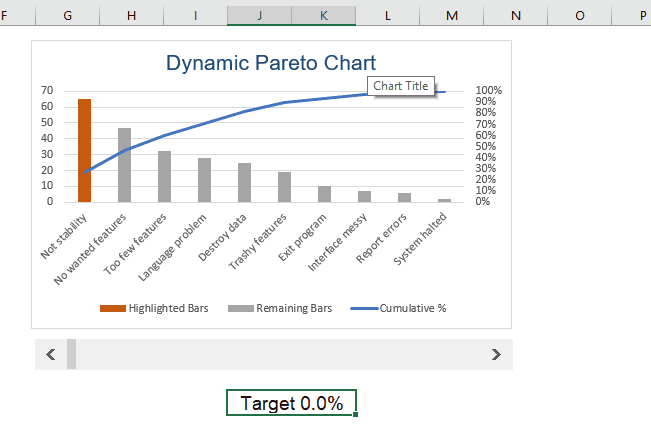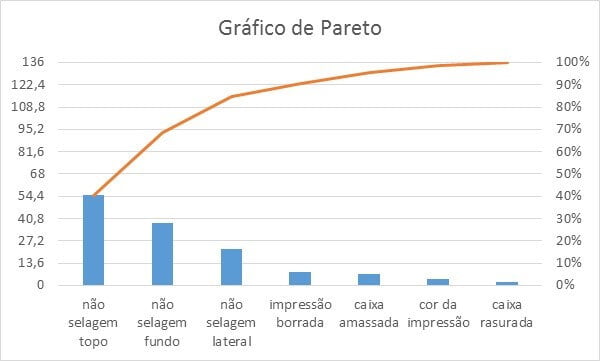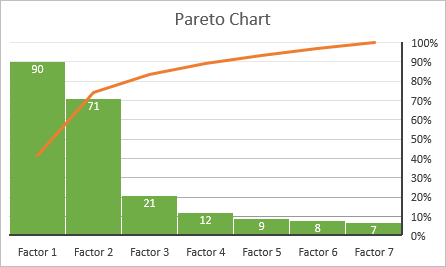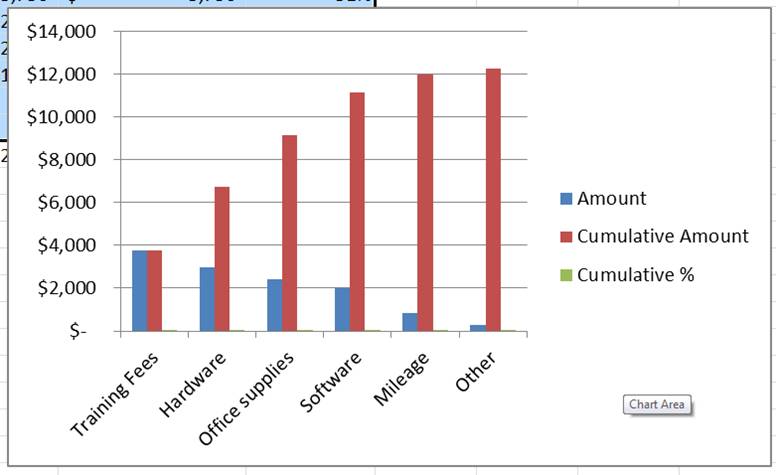

Keep in mind that this is a general rule, and the ratio is not absolute. The Pareto principle states that 80% of the problems are due to 20% of the root causes. Vilfredo Pareto as “the Pareto principle”. Juran refined the concept and named it after Mr. He noticed that 80% of Italy’s land was owned by 20% of the population. It was Italian economist Vilfredo Pareto who observed the 80/20 phenomena while working at the University of Lausanne in 1896.

The Pareto chart is based on the Pareto principle and is also known as the 80/20 rule. They have to find the most significant or frequent issues that can be solved with the minimum resources to get the best result.Ī Pareto chart helps them achieve this objective. They face many issues on projects and cannot devote resources to solve all issues. Time and resources are common constraints in every project, and project managers have to prioritize resource utilization for maximum efficiency.

It is about doing less for more! It is a tool that enables prioritization and focuses on the critical few. The other tools are the flowchart, check sheet, cause-and-effect diagram (Ishikawa diagram), control chart, histogram, and scatter diagram. In other words: the Pareto principle applies.In today’s blog post, we will discuss the Pareto chart, which is one of the most useful tools in quality management and one of the seven basic quality tools. Right click the percentages on the chart, click Format Axis and set the Maximum to 100.Ĭonclusion: the Pareto chart shows that 80% of the complaints come from 20% of the complaint types (Overpriced and Small portions). Select Secondary Axis and click Close.ġ2. Next, right click on the orange/red line and click Format Data Series. If you're using Excel 2010, instead of executing steps 8-10, simply select Line with Markers and click OK. Note: Excel 2010 does not offer combo chart as one of the built-in chart types.
#How to do a pareto chart in excel 2013 series#
Plot the Cumulative % series on the secondary axis. For the Cumulative % series, choose Line with Markers as the chart type.ġ0.

The Change Chart Type dialog box appears.ĩ. Right click on the orange bars (Cumulative %) and click Change Series Chart Type. On the Insert tab, in the Charts group, click the Column symbol.Ĩ. To achieve this, hold down CTRL and select each range.Ħ. When we drag this formula down, the absolute reference ($C$13) stays the same, while the relative reference (C4) changes to C5, C6, C7, etc.ĥ. Note: cell C13 contains the total number of complaints. Enter the formula shown below into cell D4 and drag the formula down. Enter the formula shown below into cell C5 and drag the formula down.Ĥ. On the Data tab, in the Sort & Filter group, click ZA.ģ. Next, sort your data in descending order. This method works with all versions of Excel.Ģ. If you don't have Excel 2016 or later, simply create a Pareto chart by combining a column chart and a line graph.


 0 kommentar(er)
0 kommentar(er)
